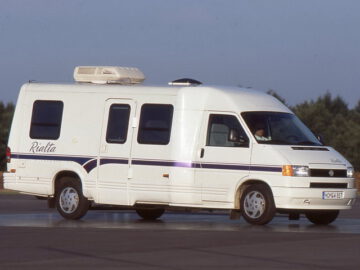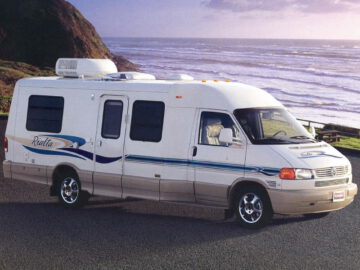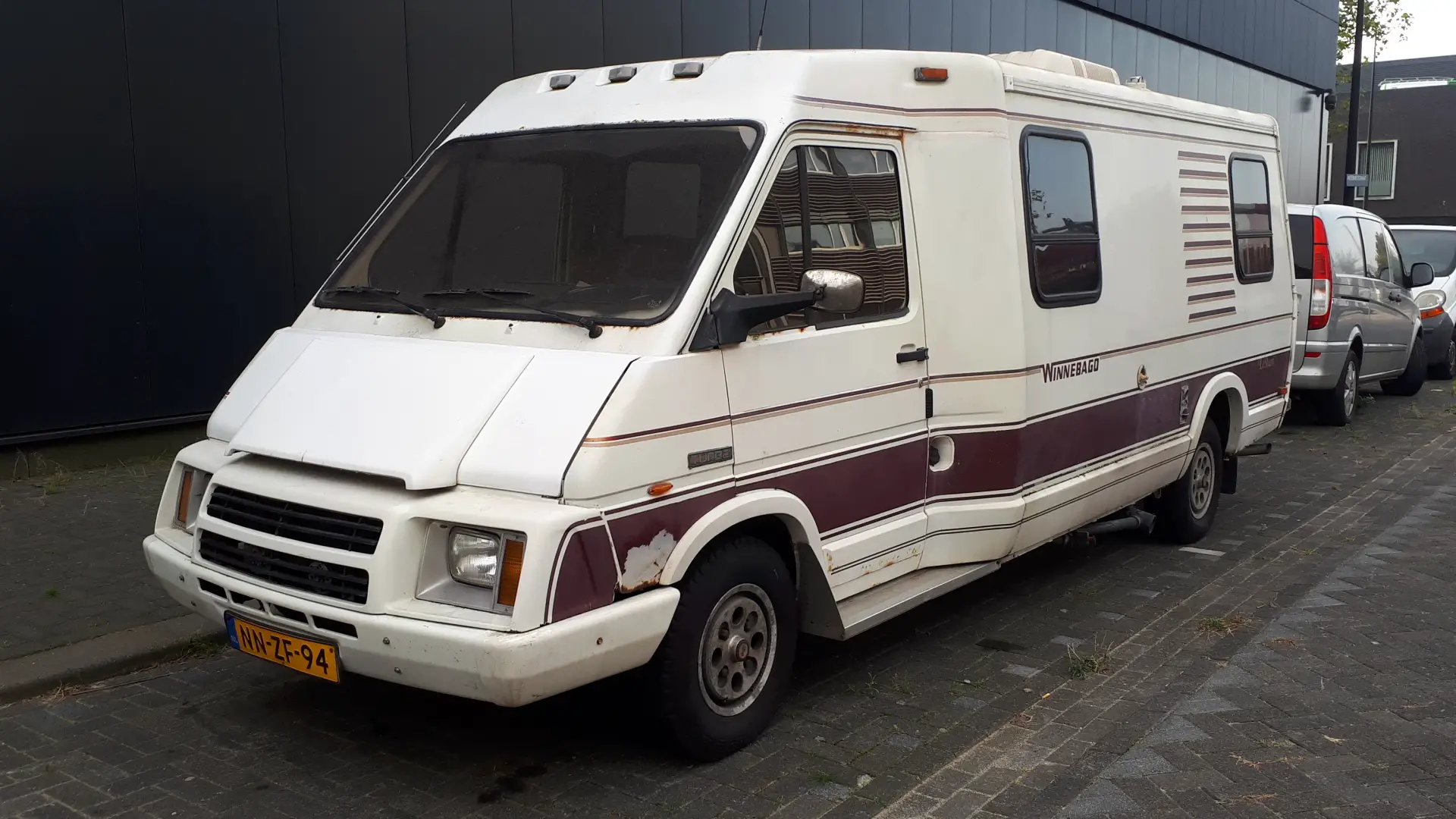Spotted: twice Winnebago LeSharo!
The spotted specimen
Last week we told you that there is often something interesting to spot in the Amsterdam Noord business park. Then we showed a rare Toyota Crown. One street away, however, stood something even more special: a Winnebago LeSharo! Further down the street, there then appears to be a second one. The chances of encountering one LeSharo in Europe are already very slim, let alone two.
The two Winnebago LeSharo’s we came across are from 1985 (the one with the brown striping) and from 1988 (the one with the gray-blue striping). Coincidentally(?) both copies have been in the Netherlands since 1996, noting that one is on grey license plates and the other is registered as a passenger car. The RVs have been with the current owner since 2017 and 2018, respectively.
Text continues after photo gallery

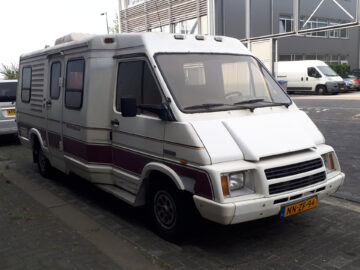
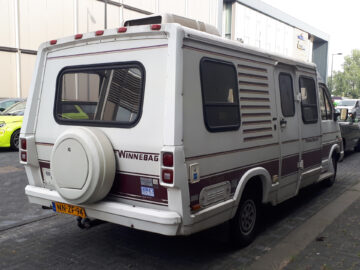
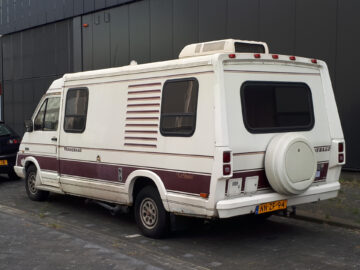

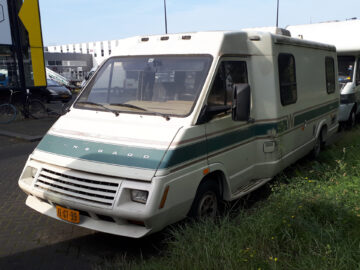
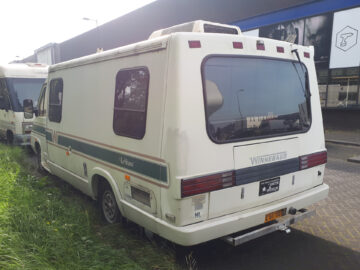
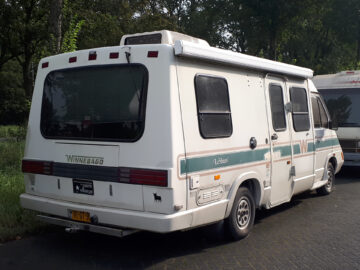
What is a Winnebago LeSharo?
We can imagine you are now left with an important question: what is a Winnebago LeSharo like? Winnebago is an RV manufacturer known primarily in North America, having been around since 1958. In 1983, the brand introduced the LeSharo in the so-called Class B segment, say the compact motorhome segment. The goal of the LeSharo was to combine the luxury of a large motorhome with the economy of a passenger car. Certainly for an American camper, then, the LeSharo had a low roof. A distinctive pointed front end completed the aerodynamic design.
The Winnebago LeSharo is actually a…
Does the front of the Winnebago LeSharo look vaguely familiar to you? That may be true. The technical basis is formed by the Renault Trafic of the time, a van that was otherwise completely unavailable in North America. The front-wheel drive base of the Trafic allowed the living area of the motorhome to be low, so you could just stand despite the low roof. In addition to its striking streamline shape, the camper also had a lightweight build, making it about half as heavy as the average Class C motorhome.
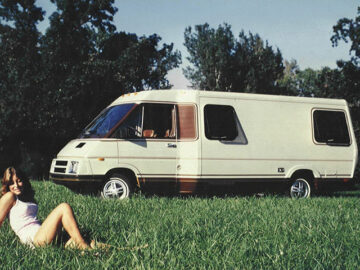

Winnebago LeSharo is nice and economical
The LeSharo came with a 2.2-liter four-cylinder diesel engine (turbocharged after a year) and a slightly more powerful 2.1-liter four-cylinder gasoline engine, both simply from Renault’s shelves. The transmission was a four-speed and three-speed automatic respectively. The streamline and lightweight construction paid off. The diesel and gasoline engines had an average consumption of 10.2 and 14.7 l/100 km, respectively, which was really quite neat for a motorhome of that time. For example, with the LeSharo, Winnebago successfully responded to the demand for fuel-efficient motorhomes, which had increased significantly as a result of the energy crises of the 1970s. Although the diesel was the most economical, it disappeared from the range at some point because the gasoline engine offered much better performance.
Different variants
The Winnebago LeSharo came in a number of variants. In addition to the standard low roof version, there was also a model with a conventional high roof under the name Centauri, for even more headroom in the living area. There was also an extra luxurious variant in the form of the Itasca Phasar. For a short time, Itasca was a luxury sub-brand of Winnebago. Notable was the Winnebago Utility Van: a large van based on the motorhome.
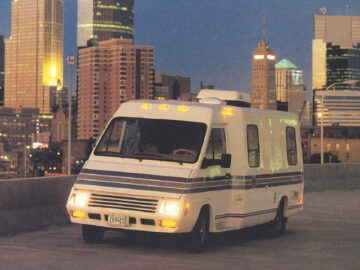

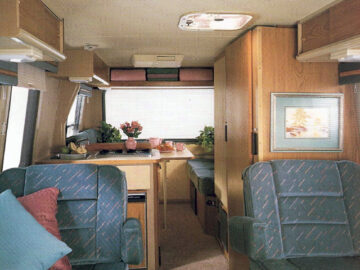
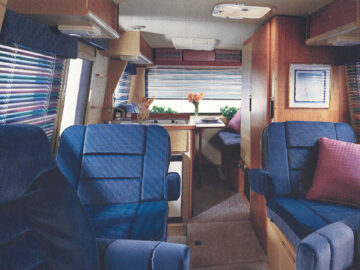
Second-generation Winnebago LeSharo
For model year 1987, the Winnebago LeSharo underwent a facelift, which is also considered the second model generation. Front aerodynamics were improved, the roof slightly raised and the camper received a new rear end. The rear window was larger and the spare tire henceforth fully incorporated into the body. On the technical front, a five-speed manual transmission was also supplied from 1988 through 1990. Really major changes continued to be absent until production ended in 1992. A total of about 21,000 LeSharos were produced. For the 1995 model year, the LeSharo was succeeded by a Rialta, a similar model based on the Volkswagen Transporter.
